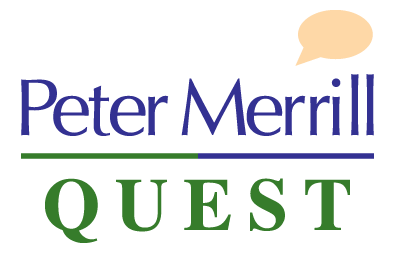Innovation Process
In the book ‘Alice in Wonderland’ the King, while speaking to the White Rabbit, famously said ‘Begin at the beginning and go on till you come to the end, then stop’. We should do that in our first time read of ISO 56002. However, implementing Innovation Management can often start at the heart of the system. It is a major change and it is important to initiate change by getting an early win.
The Early Win
That early win is going to come from our innovation process. Yes, start drafting strategy, yes start planning the culture change but find out what Innovation is really like by working in the process. Don’t be over ambitious. Select a product that is fading or a process that is constantly failing.
The Process
This is what the innovation process looks like. In the Creative phase we find opportunities and conceptual solutions. In the Execution phase we develop and deliver working solutions.
You can also view the video below to hear the Innovation Process described.
Opportunity
(ISO 56002 Clause 8.3.2)
If we are choosing to work on a Process Innovation we might start with a ‘Gemba’ walkabout to understand what is happening in the process. If it is a product we are trying to innovate we will talk to the customer and ask questions like ‘Where do you waste time?’ or ‘What are the biggest hassles?’ Ethnographic research may be a technique to use. We collect data and information which we then analyze to arrive at a clear problem definition.
Create ‘Concept’ Solutions
(ISO 56002 Clause 8.3.3)
This is where we take the problem definition and use techniques such as creative problem solving, often called ‘ideation’, to find concept solutions. These are just ideas at this point. This is where divergent thinking creates radical new solutions. Einstein famously said ‘No problem can be solved with the same level of consciousness that created it’. This is where we ‘step out of the box’. We also collect and analyze data on each solution in order to decide the best solution.
Validate Concepts
(ISO 56002 Clause 8.3.4)
We evaluate our ideas to find which solution is hardest to copy, has lowest risk, lowest cost and is quickest to implement. We will not find Utopia so we test assumptions to find the preferred solutions and we develop the ‘Proof of Concept’. The Innovators maxim is ‘fail early and fail fast’ and we do this before we have incurred significant cost. At this point we may choose to protect the IP we have created. As we now move from Creativity to Execution we move from a ‘Loose' to a ‘Tight' mode of operation.
Develop Working Solutions
(ISO 56002 Clause 8.3.5)
Too often developers now try to add their own pet ideas. Instead they should ensure ease of use meeting the user needs found back in the opportunity step. If a new offering has been developed for a specific customer, the trials and tests with that customer will uncover areas of difficulty so they can be removed.
Deploy Solutions
(ISO 56002 Clause 8.3.6)
I prefer to call this deliver solutions. We switch from talking features to describing benefits and develop the value proposition. Downstream risk such as the user budget cycle also needs to be addressed. Adoption rates and feedback are monitored and we improve the solution as we continue to gain new knowledge. If we are becoming successful, we look at scalability issues.
Focusing on one initiative will give that early win and go a long way to helping your people to believe in innovation.
What do I gain?
Experience shows it is usually best to pilot with one Innovation Project and this enable you to develop both your process and Culture. Companies with the fastest profit growth have twice as much emphasis on Innovation as do their competition.
What can I do next?
The Innovation Process uses the knowledge of our people and they make the process work. To find where you fit best in this process go to the Innovation Self Assessment.
Download the Innovation Project Plan which details the steps in your Pilot Project
Contact us for a conversation on how to develop your approach to Innovation


